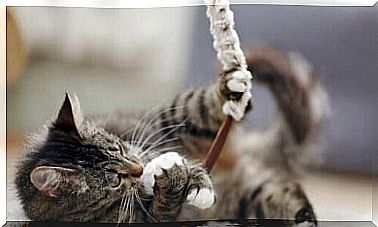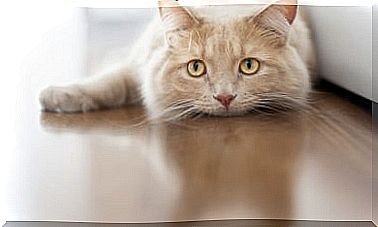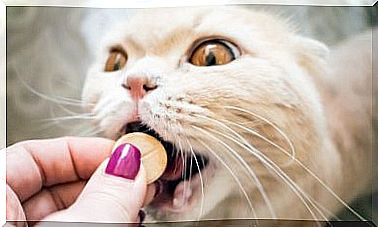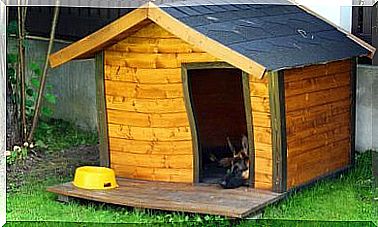Cat’s Claws: What They Are For And How To Take Care Of Them
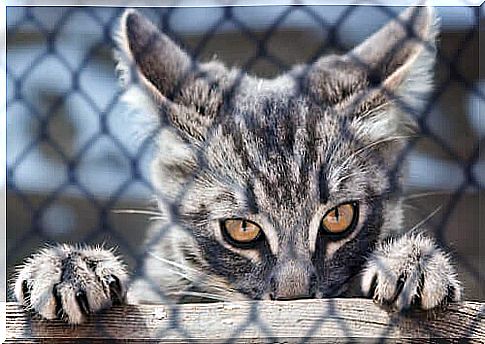
Cat claws are a fundamental part of our feline friends, both for self-defense and for being more precise in moving and grabbing objects. For this, taking care of it is very important.
Let’s find out about the cat’s claws in this article.
The claws of the cat, unlike those of other animals, are to be understood more as a tool than as an accessory of the body. However, many owners, out of ignorance or convenience, tend to cut and shorten them or even remove them, without considering the impact this can have on the animal.
Felines are wild animals by nature, used to living in any environment and eating a wide variety of prey. Although they easily get used to the home environment, their claws facilitate them in daily activities such as climbing, scratching, picking up objects, dividing food or defending themselves from dangers.
Characteristics of the cat’s claws
Unlike human nails, cat’s claws are not flat and do not perform an exclusively protective function, but develop from the fingers and then curve sharply to help the cat cling to any surface.
Cats have five claws in the front and four in the back, although there are also polydactyl cats, which due to a congenital physical anomaly have an excess of them.

It is curious to highlight how some claws are retractable, meaning they remain hidden and protected until the cat feels the need to take them out. In addition, they contribute to the function of the pads, which cushion the cat’s falls to the ground.
The ability to retract the claws also protects them from any scratches or contact with the floor. In addition, this feature allows the cat to take a stealthy approach when, during the hunt, it approaches possible prey.
How to take care of the claws
As with most animals and living things, including us, claws continue to grow throughout life. For this they must be periodically cleaned and cared for to prevent them from growing inappropriately.
In any case, the use of the claws itself helps to ensure that they always remain filed, reducing the effort required by the owner. However, as cats age and their dynamism wanes, they will need to be trimmed more frequently.
The curved morphology of the cat’s claws is an advantage when it comes to grabbing prey and climbing. In the home environment, however, they can represent a problem and hinder the animal in its movements (especially in the presence of carpets or curtains), with the risk that the cat is injured.
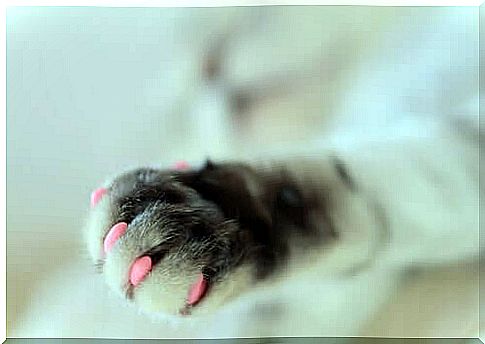
Fortunately, specific products for the care of cat’s claws have appeared on the market for some time now, including real “caps” to cover and protect them.
Faced with these options, however, experts recommend avoiding any kind of invasive practice. Rather, it is preferable to protect objects with which the cat comes into contact and with which it could injure itself, such as armchairs, rugs, curtains, etc.
Most experts agree that the total removal of the cat’s claws is a practice that is not only painful, but also detrimental to the character of the animal.
Taking care of the cat’s claws is important to make it perform its daily activities at its best, since they represent a fundamental tool for moving and eating. For this reason, owners must always give priority to the health of the animal rather than the preservation of some domestic elements.
